INSTITUTIONS DID THIS TO ME
Better to suffer with friends.
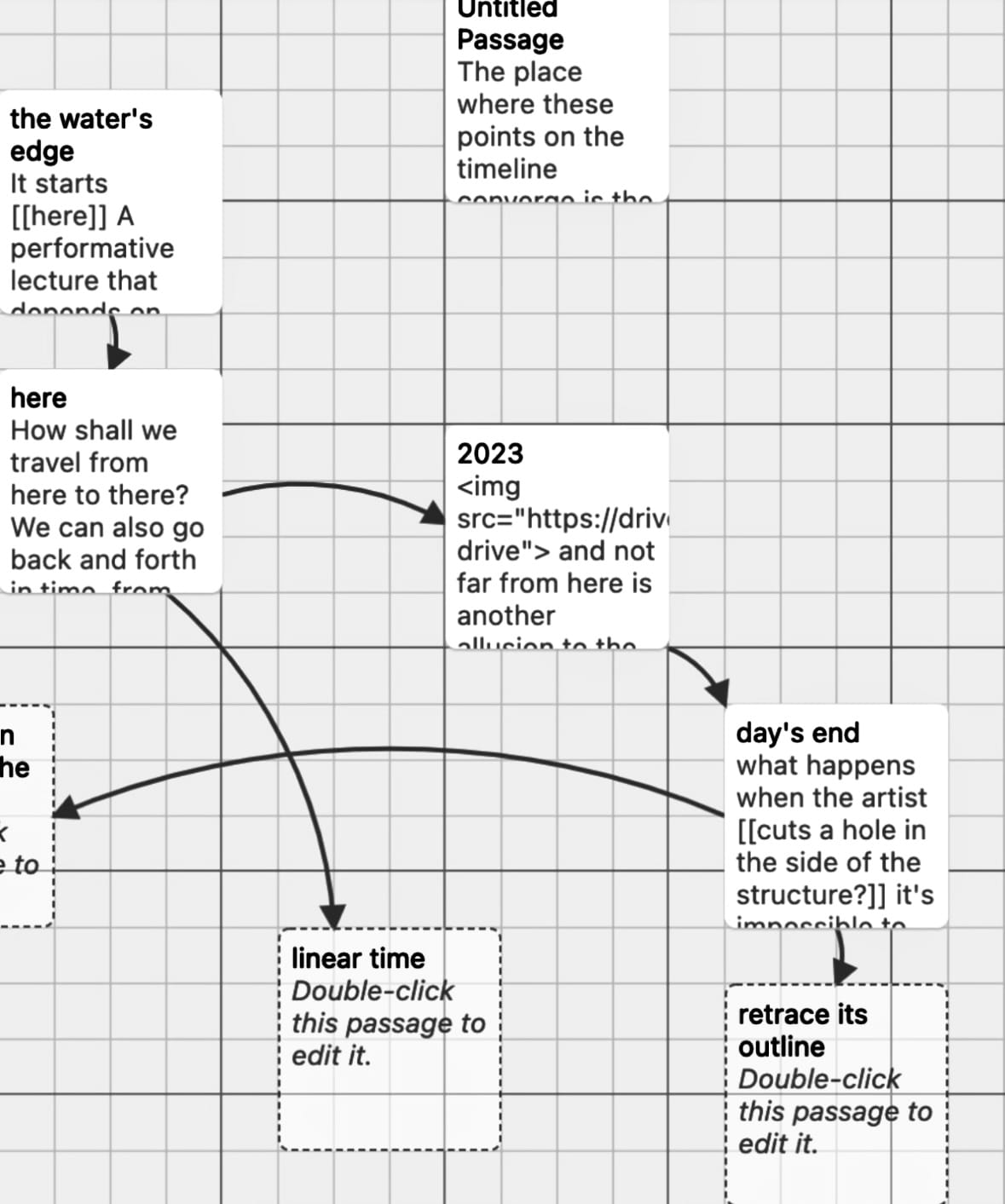
030 — New contributors enter the fray. What if artists ruled the world. Watching Palestine burn.
DISPASSION is a newsletter about art, digital media, and emotional detachment produced by NOR RESEARCH STUDIO.
QUICKIES
WORKING ARTISTS AND THE GREATER ECONOMY
We’ve heard whispers are some new tools coming from Working Artists and the Greater Economy. If you’re not currently a member, you may want to reconsider. Members have access to a database that calculates rates and expedites the process of contract negotiation. For a smooth $5 monthly fee, we think it’s a worthwhile bargain.
UNPUBLISHABLE
We have a new column in the works. Exclusively for readers with SUPPORTER subscription packages, UNPUBLISHABLE will feature all the takes we know would ruffle feathers. We’ll be publishing the first article in the series next week, so don’t forget to update your subscription for access.
STAY TUNED
We’ll be announcing a new workshop series in the near future. This time, we’re investigating digital publications and how artists use documentation to create sleek, informative, and mobile portfolios.
More information about events and workshops
SURVEY
We’re asking our readers to consider filling out this 5-minute exploratory survey. We want to know what we’re doing well, what we can do better, and what new resources we should add to our offerings.
ANOTHER SURVEY
Our colleagues at the Artist Office are running a separate survey about grant applications and so far they’re coming to a conclusion that we regularly restate: granting does not yield the support it promises artists. You can take the short survey here.
EUPHEMISMS
Rich art collectors plot against students. Gala season soothes entertainment-deprived voters. Frank Stella and Alice Munro call it quits. M83 appears on KEXP. Local oppressor withdraws support from Palais de Tokyo. Artists enter legal battle to decide sexual assault claims. Los Angeles gallerist considers closing after artists demand payment. The British Museum recovers nearly half of its lost objects a year after theft scandal. Philanthropists look deeply, reflexively in the mirror.
ANNOUNCEMENTS
NEW CONTRIBUTORS
NOR RESEARCH STUDIO is excited to partner with artists Ajani Brannum and sarah bricke to continue its WORKING GROUP Z initiative. The initiative is meant to explore sustainable business models available to artists, especially those that involve profit sharing and equity and avoid nonprofit infrastructure, through research and programming.
Brannum and bricke bring with them significant, interdisciplinary experience in the arts as well as a background in artistic advocacy. Researching and writing about topics ranging from class difference, artistic labor, distributive financial networks, and alternatives to the institution paradigm, each will intermittently contribute to the DISPASSION newsletter.
Subscribe to help support and compensate our writers
ARTIST, LEARNER
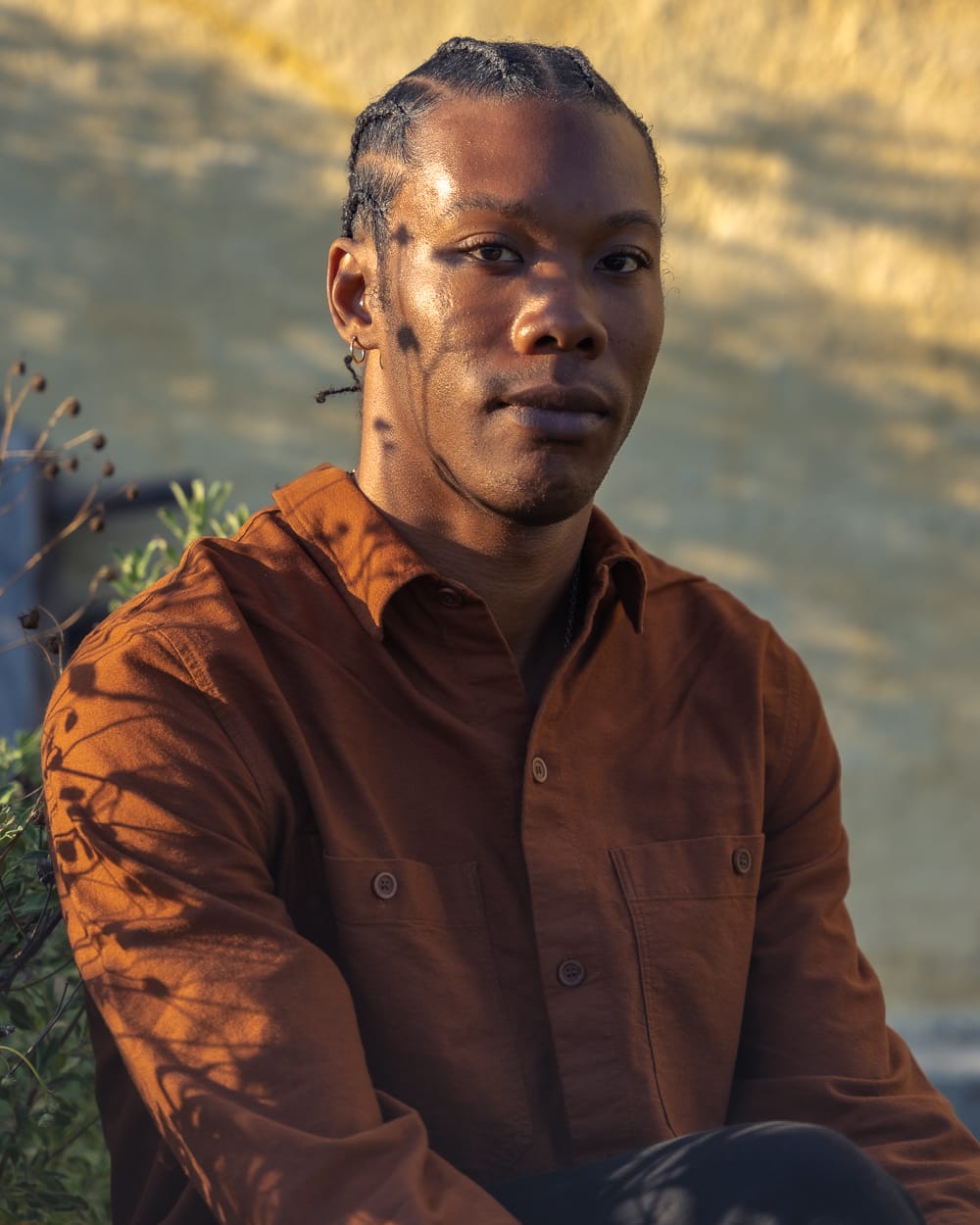
In their column, ARTIST, LEARNER, which will be published in partnership with their newsletter of the same name, Brannum will investigate cultural work as an awareness of one’s body, lineage, and social relations. Through an overtly performative fusion of autotheory, enthusiastic critique, and interviews with fellow makers, they will seek alternative definitions of creative practice, revisiting notions like spirituality, ancestry, and community to examine their relegation to the margins of contemporary discourse.
“In my practice, I search for points where the seemingly discrete boundaries between concepts like race, ethnicity, class, gender, and similar social markers reveal themselves to be porous,” Brannum says. “On the one hand, commercial interests, popular discourse, and the academic mainstream have expropriated these related concepts, but on the other is a cultural industry built on stolen labor which proselytizes, represses, and instrumentalizes them in the same breath.”
As Brannum has previously explored in their writing, these socio-cultural concepts still act as vital imperatives for many marginalized culture-makers who want to better understand, survive, and reorganize life under racial capitalism. “Pushing aside the question of authenticity, my gambit is to burrow into these cultural markers, and to expose their constructedness. I’m not interested in learning their ‘truths’ or assessing their ‘authenticities.’”
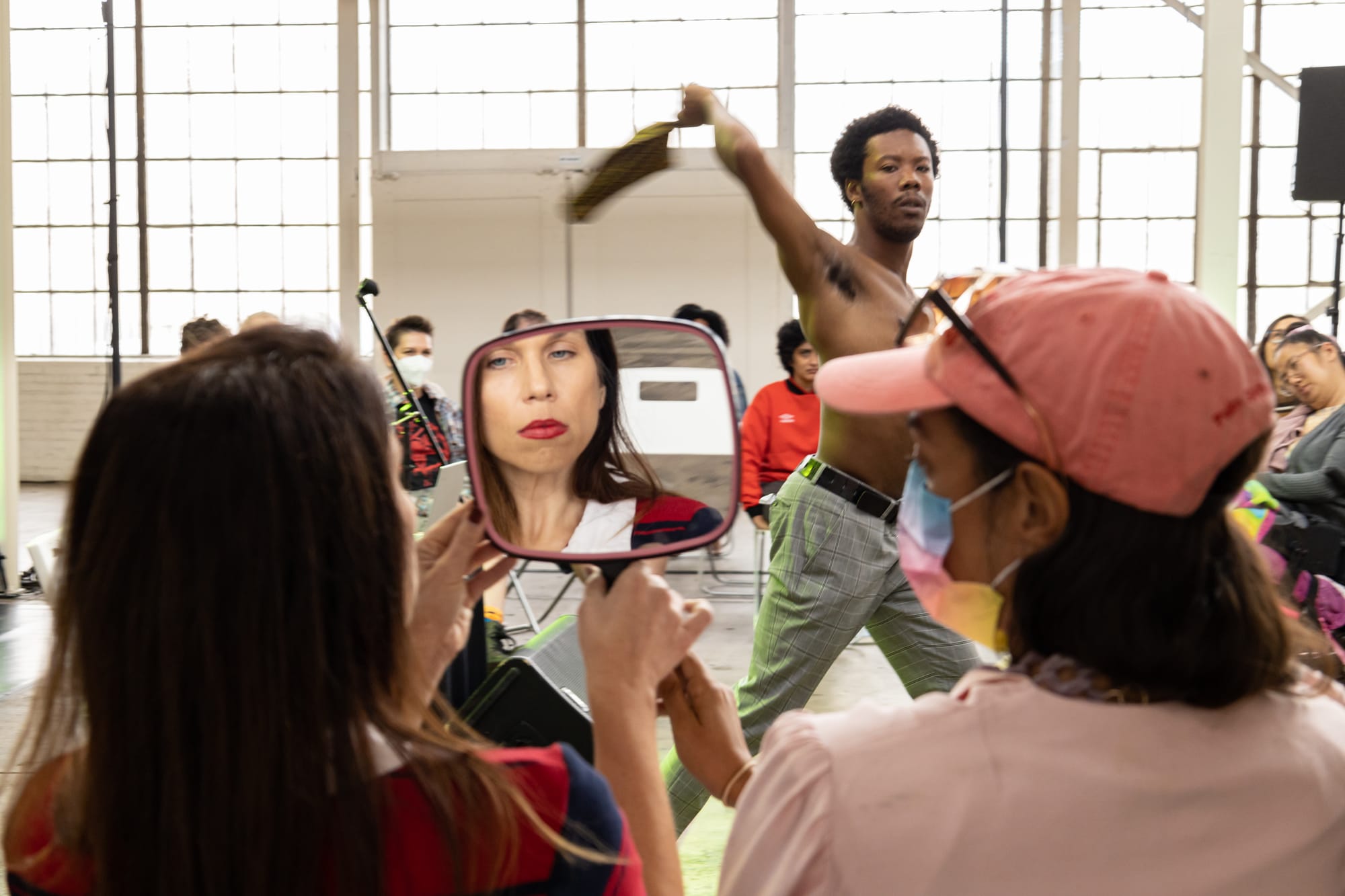
Rather, to leverage the manufactured qualities of these cultural markers, Brannum will turn to less trafficked but adjacent concepts such as theology, secularism, and collectivism that each assert what ought to or should be. Profiling working artists, they will “re-story” the imperatives and mythologies found at the intersections of spiritual, aesthetic, and artistic practice.
ROLEPLAY
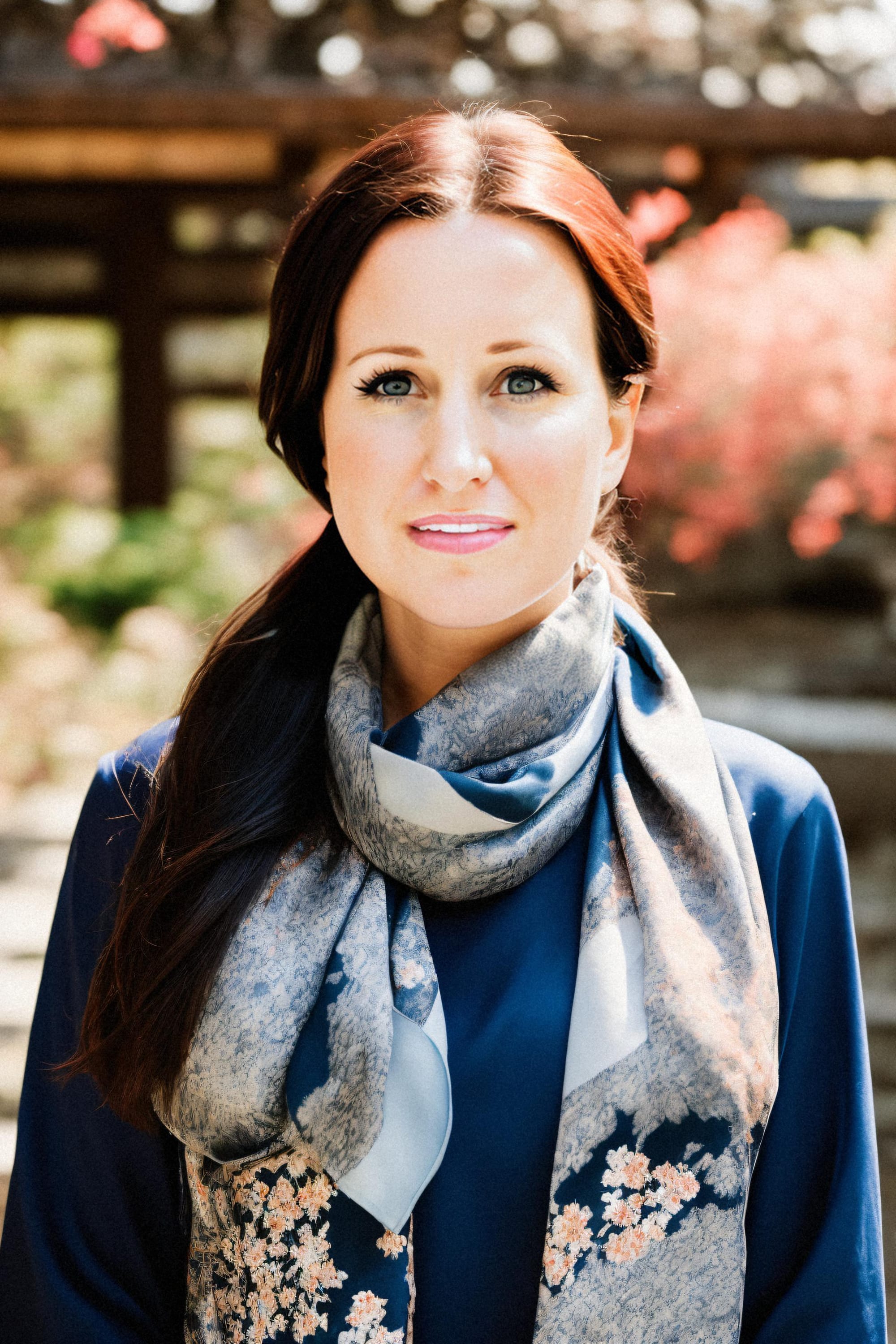
In her column ROLEPLAY, bricke will examine creative practices that trouble dominant narratives and hierarchies. Primarily contributing essays, bricke will experiment with soft forms like parafictions, the travelogue, and the epistolary letter, producing criticism that unmasks the power dynamics inherent to the art world.
“Increasingly, I seek to position myself at locations that are alternative settings to galleries and museums,” bricke says. “I view artist-run spaces, nontraditional residencies, conferences, and the digital realms as sites of dissemination that can challenge conventional modes of output and dialogue. But I also think artists as thinkers and laborers need to go a step further and engage with popular forms of art, entertainment, and immersive environments that have by and large been excluded from conversations about self-sustaining artistic practice.”
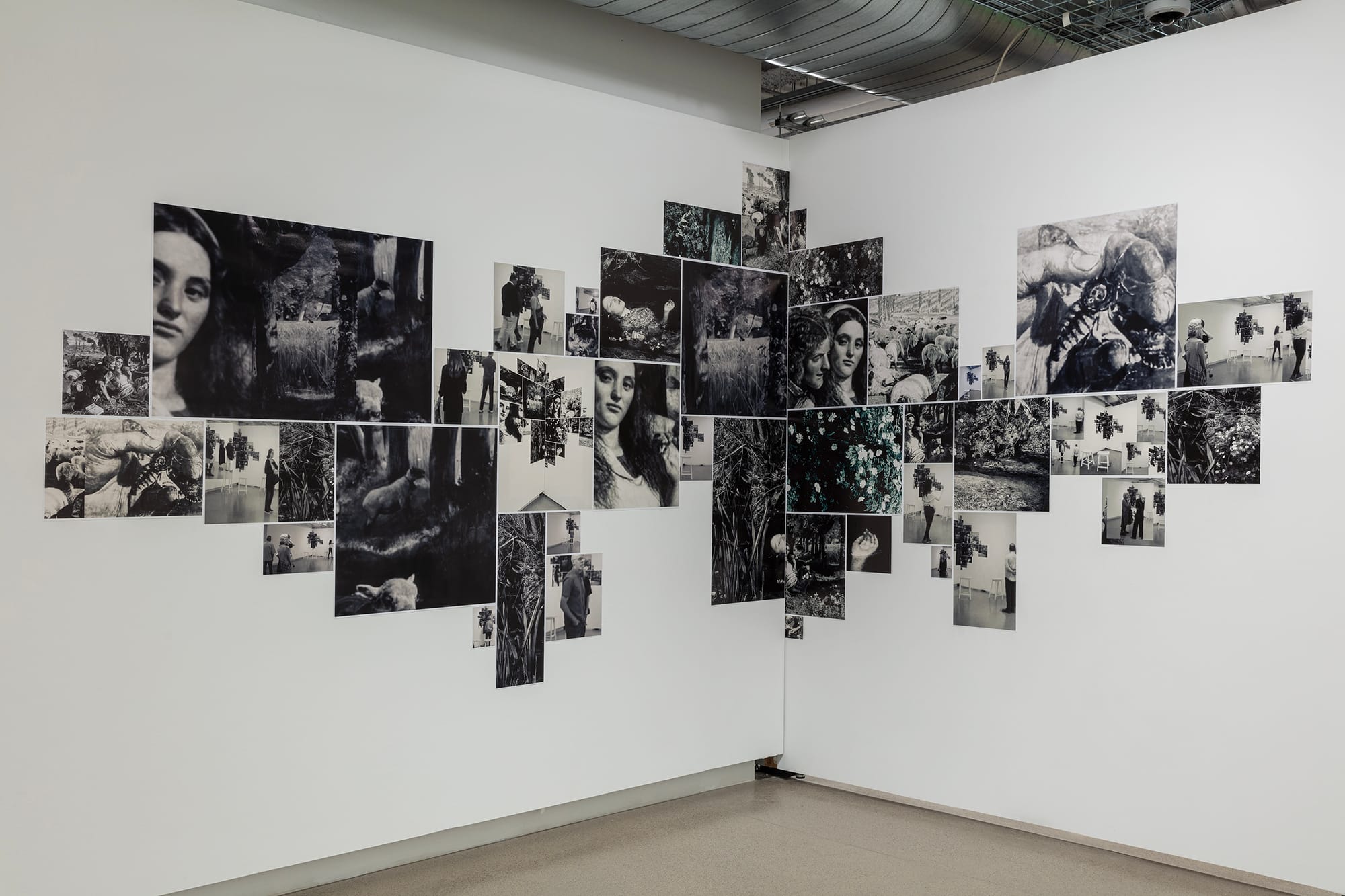
Researching nonlinear exhibition strategies and frameworks that disrupt conventional modes of inquiry, bricke will physically place herself in locales that allow for divergences, strange encounters, and a fluid concept of artistic presentation. At the heart of her inquiry will be a thorough examination of the disconnect that places art at odds with products, lifestyles, and labor. “I want to know why can’t art be work and why can’t artists can’t talk about money.”
Using ROLEPLAY as a container, bricke will reanimate the role of the curator and investigate the limits placed on curatorial practice in the contemporary arts.
INTERVIEWS
IN WHICH THE GIRLS KIKI ABOUT FINANCIAL CAPTIVITY
While discussing how they wanted to collaborate with DISPASSION and engage with NOR RESEARCH STUDIO’s broader arts advocacy efforts, contributors Ajani Brannum, sarah bricke, and Wyatt Coday discussed some of the early-career traps that affect artists who haven’t seen behind the institutional curtain.
This conversation has been shortened and edited for clarity.
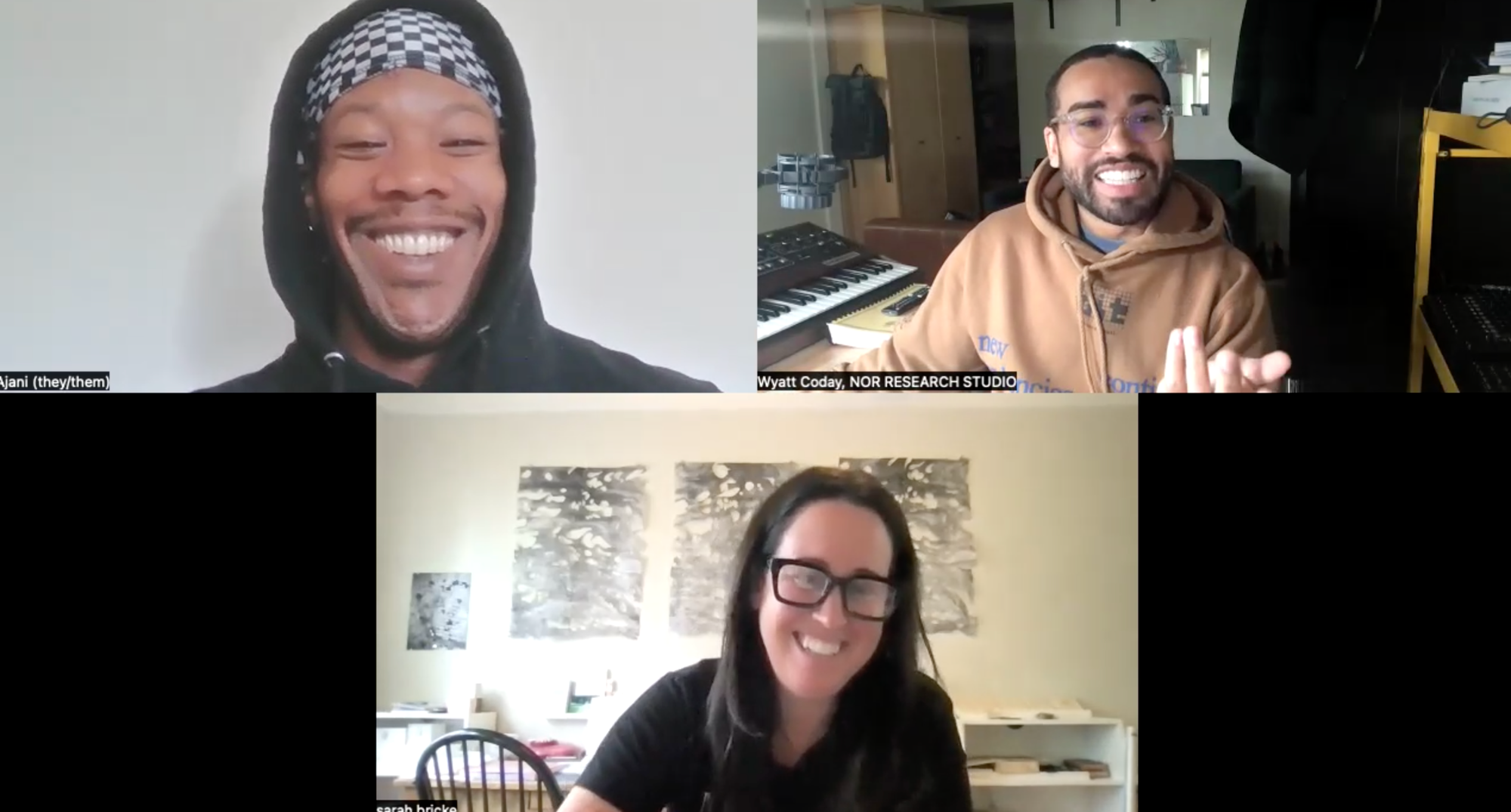
AJANI BRANNUM
When I applied to grad school, I had no concept of how funding works.
Once I got accepted, I asked the faculty questions about funding. They said teaching would give me a fee remission and other financial resources.
At the time, I thought the information they offered was substantial enough to make an informed decision. But I remember arriving on campus and the faculty who was the liaison between the school and the graduate students said something like, “So we heard that you haven’t paid tuition for your courses.” And I was like, what tuition?
They explained that I had to pay tuition to get my information in the system and register for courses. Because I was under the impression that I would be teaching and having my tuition waived, I was completely clueless. So I went to the Student Aid Office and applied for all these loans. I’ve only realized in the past year or two how much of a financial literacy gap there is between people who have parents working in academia and people like me who don’t know and receive little guidance as undergraduates.
Even today the narrative is that if you apply to a program and get in, you’ll be supported. I had no idea how people were getting this information, but I was able to make it all the way to campus, ready to begin school, without a single clue. It was wild.
WYATT CODAY
That matches my experience. While some of my closest friends came from families where that kind of knowledge was present — including one who was my mentor at times — I still had to go through extra trials and tribulations to discover what the rules were and how they changed for someone like me.
I had a particularly strange and racially inflected experience in the months before my freshman year. I interviewed for a merit scholarship given to students of color not knowing the interviewer was someone who had personal issues with one of my parents.
The interview lasted all of five minutes because the interviewer asked me only one question that was impossible to answer correctly. He knew that I was interested in studying music, so he asked me why I would choose a state school over Julliard. I told him that I hadn’t applied or been accepted to Julliard, that music was just one of my interests, and that I couldn’t be sure if it was something I would do as a career. There were no further questions.
I ended up contacting one of the administrators involved with the scholarship and he interviewed me on the spot. I got the scholarship, but I had to deal with the same disgruntled staffer because he ended up being my assigned advisor through the program. He tried to do a number of strange things, like make me join a fraternity, and when I explained that I didn’t have that kind of money, he balked. The worst part was the scholarship was housed in academic retention services because it was assumed that students of color were all at risk for dropping out. The experience was so awful that I ended up graduating a year early just to get away. But what I later learned from friends who had more experience is that you have to approach school like a job and make demands. Especially in graduate school when it often literally is a job. But that’s not the way the conversation was framed and I didn’t really have anyone in my corner helping me make decisions. And I couldn’t seek the help of my peers who didn’t have the same lived experience as me because they never had to deal with difficulties related to my particular race and class position.
At the same time, with a top tier institution that has quite a bit of stature to it, I would probably say the debt it entails matches the value you receive from attending. It’s not always the case, but having that relationship can open many doors — the question is whether or not a particular person is able to pass through those doors and receive the opportunities they promise.
SARAH BRICKE
I also don't come from a family where people were guiding me through the application process. Even in undergrad, the mentors I had, including faculty, didn’t offer much guidance about graduate school.
My impression of my professors was that there were things on their radar related to academia that I had to navigate blind. And I think that there are plenty of people who find themselves in that situation, especially with graduate programs. If they got bad advice — even legal advice that could have actionable consequences — they wouldn’t be in the position to know that or do anything about it. I couldn’t afford grad school, so couldn’t afford a lawyer who I could pay to review contracts I was offered and determine if they were actually worth pursuing.
WC
I met a graduate student in an art program recently who got offered a teaching position that, if he took it, would reduce the amount of scholarship money he received. It reminded me of all these exploitative mechanisms I’ve seen in contracts that cleverly deprive people of what they’re owed by getting them to agree to a complex set of terms which mask their intended outcomes. In many cases, these contracts would be declared unenforceable in a courtroom context — but like Sarah already mentioned, that’s an expensive, lengthy, and exhausting process.
But this is in part why I’ve been trying to write about the intersection of financial and legal concerns that arise from independent business activity. Sarah, you even mentioned talking with a financial aid officer at school who tried to say that your only way forward was to take a loan. There’s a thin line between being misinformed and being coerced, but when the misinformation and the pressure to act come from the same side of the equation, it gives me pause.
I don’t really see dialogues about these issues happening — in part because I believe it’s assumed that anyone exploring art as a career comes from money. Related to that pattern is the fact that money and labor are considered taboo subjects that artists must keep private, particularly at the institutional level where you can be accused of biting the hands that feeds you.
SOMETHING OTHER THAN A RESIDENCY
AB
Not long ago, I realized that my audience is mostly queer, trans, and BIPOC — all with too many academic degrees and often a nonprofit job they hate. And I feel like that group, as I meet more and more of them, are entering the arts and culture sector with the aspiration to do good by themselves, their families, and their communities.
But they end up in these compromised positions, being taken advantage of because of their ideals by people who know the buzzwords but not the class-based praxis they come from. They might share identities, but not a class alignment. So I’ve been asking myself, what are some of the big picture implications of that dynamic? And how can someone go about navigating cultural work when their experience is charged by this major discrepancy in power?
WC
I’ve been thinking about what it would look like if we removed our dependency on these cultural institutions. What livelihood we can make from the newfound independence, especially if it means we can also forgo the traditional employment model, which revolves around individual workers getting the entirety of their income from one place.
I’ve been writing about self-employment and my experiences as a freelancer for years at this point. And I’ve come to the conclusion that I would rather relinquish having one employer so that I can pursue multiple projects, attract stakeholders from different backgrounds, and sustain relationships with people interested in making that kind of work possible. It’s a format that doesn’t require me to surrender control over my work and has frequently led to me receiving a greater share of the revenue I generate.
AB
Can you say more about that last part?
WC
When you assume an employment relationship, meaning you fill out a W-2 tax form, have regular hours, and are subject to the whims and decisions of your employer, anything that you produce within the bounds of that employment relationship belongs to your employer.
Say that you’re working for another artist in their studio. You’re at work, but on your lunch break, and you're using the work computer to send yourself an email. Maybe you jot some notes down about a project — some ideas for titles, descriptions of an artwork you might want to make, some notes about how to combine different paints to produce a desired color. Your employer now has a strong argument that those ideas — now rendered as intellectual property because they’re in writing — belong to them. You wrote them down at their work site, using their equipment, between sessions of work, and likely using information or experience you garnered at their direction.
That’s a surface-level example. It gets more nefarious when, say, your employer offers you something verbally, like a raise or a bonus, and they make sure to document their intention to realize that offer. But they stop short of completing it. Legally you might say that they stopped a contract from forming right before consideration had been exchanged — you didn’t reach a specific agreement so much as your employer noted a desire or intention.
To the side of all those things, if you don’t fit the cliché descriptions of who artists are supposed to be, what art and cultural workers are supposed to look like, or what institutions desire from their workers — namely that they not think too hard about the labor they’re engaged in and its broader consequences — then you’re guaranteed to encounter more obstacles that prevent you from getting adequate pay, fair treatment, and the ability to build a self-sustaining career.
In my opinion, the allure of employment ends up attracting relatively normative workers — meaning they align in some way with the institution’s mission or vision of itself. These normative workers have no interest in breaking that alignment because it benefits them to sit there, do as little as possible, and get paid. In exchange, they receive the prestige of that relationship. As I’ve written about recently, to activate the value of that prestige, you already need to have access to clout and wealth, which is why low-paying jobs in the cultural sector are almost exclusively meant to filter out people from different class backgrounds.
AB
I like the idea of collaboratively creating these microeconomies that I think you’ve talked about in our previous conversations. Because if we have these piecemeal sort of streams of income, then that gives us the power to divest from systems and relationships that are not working to our benefit. My problem with the employment model in places like nonprofits and museums is that they control you because they have your rent in their pocket. And people stay protecting these institutions, because they need to survive economically.
I think that stepping away from that dynamic is where the power lies. Because then if we wanted to take on a project that puts us in a space where we uncover some kind of wrongdoing that should be called out, we’re in a strong position to do so because we don’t rely so completely on that institution.
WC
Precisely. At traditional for-profit companies, workers can receive benefits like stock options, bonuses, and other forms of compensation that cannot or rarely take place in nonprofit organizations — which most art institutions are.
One of the prohibitions that nonprofit organizations agree to when they incorporate is that the resulting entity will not exist for anyone’s personal gain. This is one of the many reasons they can’t offer their employees equity or stocks — they’re not designed to produce wealth for anyone, particularly their workers. Instead, they make excellent vehicles for moving existing wealth, reducing its associated tax burdens, and allowing wealthy individuals to network.
The problem that many inexperienced culture workers don’t understand is that by accepting low wages or poor working conditions at these jobs, they’re inadvertently suggesting that the issues aren’t large enough for them to stop or reject work. It’s a trap that’s perfectly set because most people seeking this kind of work come from one or several of the marginalized backgrounds Ajani mentioned at the outset of our conversation.
AB
That’s exactly the kind of thing that’s been on my mind.
WC
Sarah, I really appreciate your comments about residencies earlier because I also don't really want our partnership to be or resemble a residency. The residency can be a useful framework, especially because it’s one most working artists are familiar with, but it’s also plagued by a lot of the issues we rail against — namely lack of transparency related to finances and costs.
SB
Yes, residencies are a whole other thing that has been coming up a lot for me because people I know are struggling with the whole idea of paying to go to an artist residency.
I’m not interested in paying for a residency and I just can’t with that model anymore. Even if we don't know what else the alternatives could be. I want to be putting whatever energy I have into rethinking things like residencies that are just pay-to-play.
I don’t know, maybe one of you has a different take on it. But for me, the residency is just a huge no. I don’t see the point in it. How did this become a thing that artists are expected to have on their CV? Why are people desperate to get these residencies?
WC
Residencies frequently don't belong on the CV, especially when you’re paying to attend.
On the optimistic side, they’re opportunities to meet people. That said, whether you meet other artists who are actually engaged in building a career or people who can afford to attend because of intergenerational wealth is a gamble.
SB
So it’s fundamentally a leftover of the patronage model of art. And maybe its most aggressive form — is there a version that’s less aggressive?
Instead of thinking as a single person whose goal is to launder my career through a residency, I think there are ways artists can support each other and align themselves to create shared resources.
WC
That’s why I like the idea of departing from art as a marker of what we produce and the labor designation we operate under. As much as I would like to find a better word or framework, I recognize that the real issue is how artists are pitted against each other. The performing arts tend to involve more collaboration, so they’re less plagued than, say, the literary and visual arts. This is one of the many reasons I’m interested in participating in things like working groups where people are making a vested effort to move away from an individualistic model — which can’t bring about returns to a person who isn’t already connected anyway.
SB
I don't know if art worker or cultural worker is a good phrase either. It seems like a specifically Marxist designation. I do like it as a phrase though and, yes, I've also been thinking about alternatives.
WC
The main problem is that once you identify yourself as a worker instead of an artist or even use one label to dilute the other, institutions perceive you differently. Even if the term “artist” suggests someone engaged in a specific set of activities, it typically designates a kind of class position.
AB
With that last piece, that’s one reason I would lean into the word worker. Yes, there is the thing about institutions like being like, “Oh, my God, someone who does labor, disgusting.” But also, if the thing we really want to drill into or hit home is this fundamental class difference, it lives in the discomfort around labor.
Wyatt, I think one of the things I’ve heard you emphasize is that even if someone thinks they’re not in a certain kind of class position, at the end of the day, the labor form they participate in ends up creating a class narrative just by virtue of association. I think highlighting that fact gives people the invitation to think of themselves as workers in the field of art or culture, and actually having that be a question or a conversation.
SB
Part of it for me, too, is figuring out how artists can collectively force institutions to live up to their promises. It’s time for our institutions to actually put their money where their mouth is. That’s the kind of overturning of the order of things that I want to engage in, especially because these institutions are already claiming that they’re supporting this kind of work.
AB
I would love to continue talking about this specifically. Because there’s part of me that’s like, yes, I want to see this work happen at the institutional level. And then there’s another part of me that’s like, these institutions are sinking ships. So I always have this question of whether — or to what degree — we ask those institutions to pay up or just abandon their promises outright.
SB
That’s definitely a question that I’m very concerned with right now. Part of me really wants to burn it to the ground. It’s a classic case of the master’s tools — we can’t build anything using the compromised infrastructure we’re trying to replace.
On the other hand, if these institutions have funds, I want them. I don’t know that I want to give anything back to the institution for the funds that I’m extracting from them. I want to extract because I believe that I can and should. Collaboratively, we can put those resources to the uses that these organizations claim they’re supporting but lack the experience understand or implement. If we can support ourselves while helping move resources where they’re most needed, even better.
— AFTERS —
NOR RESEARCH STUDIO PROGRAMMING
← Forthcoming workshops and events
RESOURCES
← Rhizome Net Anthology
← Filip Magazine
← Holo Magazine
← The Content Technologist on Productization and Templates
← Hyperallergic Opportunities Listings
← Creative Capital Opportunities Listings
← Pick Up The Flow Opportunities Listings
JOB LISTINGS
← Arts for Los Angeles Job Listing
← New York Foundation for the Arts Job Listing
— FIN —
AJANI BRANNUM is an artist and culture worker living in Los Angeles. Drawing heavily on the knowledges they inherit as a Black queer maker with Southern roots, their work investigates the choreographies of life in the shadow of empire, honoring and extending the ancestral wisdoms that animate their craft.
Brannum has shown work and performed at venues including REDCAT, ODC, Human Resources Los Angeles, Materials & Applications, Highways Performance Space, and Los Angeles Performance Practice. Born in Anchorage, Alaska, they hold an AB in English and a Certificate in Dance from Princeton University, and a PhD in Culture and Performance from UCLA. They are also an alum of the Cecilia Weston Spiritual Academy, helmed by Jade T. Perry.
ARTIST, LEARNER is a column about the imperatives and mythologies of cultural written by Ajani Brannum. You can find their newsletter of the same name here.
ajanibrannum.com
ajanibrannum.substack.com
@aajjaannii
sarah bricke is a transdisciplinary artist, writer, curator, and researcher based in Southern California. Working through installation, objects, photographic processes, performative lecture, critical theory, and poetry, she is primarily concerned with the paradoxical relationships between seemingly disparate landscapes, bodies, and processes that are both distinct and inextricably linked as well as how those relationships are represented, perceived, and preserved through institutional and archival practices.
ROLEPLAY is a column about the limits of creative and curatorial practice written by sarah bricke.
WYATT CODAY is intersex and autistic. She lives between Los Angeles and Chicago, where she is a practicing financial dominatrix. She is the director of NOR RESEARCH STUDIO.
INTERVIEWS is a container for conversations between artists.
NOR RESEARCH STUDIO is a design research studio that develops didactic media, exhibitions, publications, and other forms of intellectual property for artists, nonprofits, and creative businesses.
